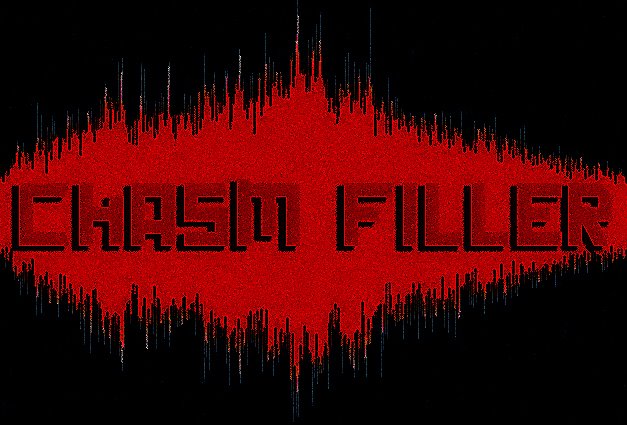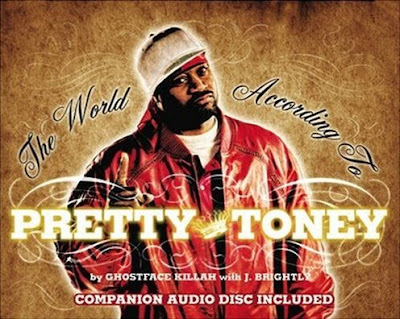
The cover art is a fitting portrait of the soundscape captured in this album. Nautical themes throughout. I heard these fellers thanks to a Neil Young themed issue of some music mag I fail to remember, the included cd had a five-finger discount(my favorite) with Neil inspired diddies. The only ones that really stood out were them and Bowerbirds.
The album starts out with the title track, a rompous catchy outlet about waking up in a good mood(a staggering feat).
The album flows(literally) between sentimental country-tinged tunes like "stuck on a boat" and "Don't take my advice" but the real show stealer has to be "Fisherman's Son". Ive been listening to that song all week long. Extra geezy just like I like em.
It continues with some Billy Bragg-licks and "Desire"-era Dylan string arrangements. But hey thats just me. If you like the videos check out the album.
All the while I am here I’ll have some liquor and some beer and I’ll wait for another year to come.










.jpg)































